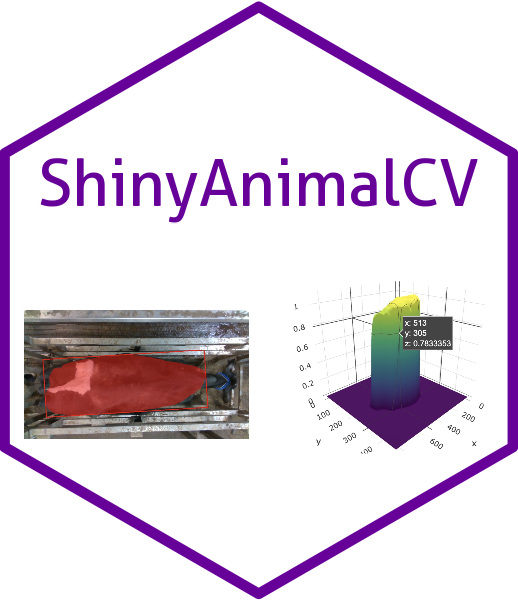Technical note: ShinyAnimalCV: open-source cloud-based web application for object detection, segmentation, and three-dimensional visualization of animals using computer vision
Computer vision (CV), a non-intrusive and cost-effective technology, has furthered the development of precision livestock farming by enabling optimized decision-making through timely and individualized animal care. The availability of affordable two- and three-dimensional camera sensors, combined with various machine learning and deep learning algorithms, has provided a valuable opportunity to improve livestock production systems. However, despite the availability of various CV tools in the public domain, applying these tools to animal data can be challenging, often requiring users to have programming and data analysis skills, as well as access to computing resources. Moreover, the rapid expansion of precision livestock farming is creating a growing need to educate and train animal science students in CV. This presents educators with the challenge of efficiently demonstrating the complex algorithms involved in CV. Thus, the objective of this study was to develop ShinyAnimalCV, an open-source cloud-based web application. This application provides a user-friendly interface for performing CV tasks, including object segmentation, detection, three-dimensional surface visualization, and extraction of two- and three-dimensional morphological features. Nine pre-trained CV models using top-view animal data are included in the application. ShinyAnimalCV has been deployed online using cloud computing platforms. The source code of ShinyAnimalCV is available on GitHub, along with detailed documentation on training CV models using custom data and deploying ShinyAnimalCV locally to allow users to fully leverage the capabilities of the application. ShinyAnimalCV can contribute to CV research and teaching in the animal science community.
PDF Abstract


